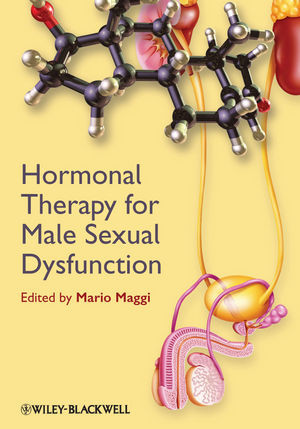

Most ebook files are in PDF format, so you can easily read them using various software such as Foxit Reader or directly on the Google Chrome browser.
Some ebook files are released by publishers in other formats such as .awz, .mobi, .epub, .fb2, etc. You may need to install specific software to read these formats on mobile/PC, such as Calibre.
Please read the tutorial at this link: https://ebookbell.com/faq
We offer FREE conversion to the popular formats you request; however, this may take some time. Therefore, right after payment, please email us, and we will try to provide the service as quickly as possible.
For some exceptional file formats or broken links (if any), please refrain from opening any disputes. Instead, email us first, and we will try to assist within a maximum of 6 hours.
EbookBell Team

0.0
0 reviewsA better understanding of how hormones work will help the physician to better tailor therapies for improved sexual responses in men. Hormonal Therapy for Male Sexual Dysfunction will provide the rationale for hormonal therapy in male sexual disorders, explaining the language of sexual endocrinology and its application in clinical practice.
The aim of this book is to provide a clinical ‘in the office’ or ‘at the bedside’ guide to effective patient care for sexual medicine physicians, urologists, gynecologists and other health-care providers in practice and in training. The tone will be practical, not academic. The working assumption is that readers want to know what (and what not) might or should be done, without over emphasis on the why. That said, it is important to review the crucial basic science necessary for effective diagnosis and management, and to provide reminders in the context of the practical chapters.
It will not be heavily referenced, in line with a more practical approach. This allows for smoother reading (and also relieves the burden of comprehensive citing from authors). Key evidence (clinical trials, Cochrane or other meta analyses) should be summarized in ‘Evidence at a Glance’ boxes and key references such as reviews, major papers can be provided in the ‘selected bibliography’ at the end of each chapter.
Practical guidance will be provided through:
- the use of algorithms and guidelines where they are appropriate
- ‘Tips and Tricks’ boxes – hints on improving outcomes perhaps via practical technique, patient questioning etc
- ‘Caution’ warning boxes – hints on avoiding problems, perhaps via contraindications
- ‘Science Revisited’ – quick reminder of the basic science principles necessary for understanding
Content: